By Mike Huber
It was May 2012, Boston was becoming extremely boring, and the thought it might be time to expand my horizons began to grow inside my head. Still remaining as a “work from home” employee and having traveled throughout most of the United States with not so much as a hiccup in missing calls or people asking “Hey, where are you working from today?” Most wouldn’t expect any type of a response outside “my living room” or “the kitchen table” since that is what everyone was doing and to think an employee was winding up roads in New England on an Italian sport bike or hanging out in Haight Ashbury in a coffee shop while leading a project team call was unthinkable. Now, many will read this and think I wasn’t working and just touring the country while attending a call here and there. While that perspective isn’t totally wrong, it isn’t fully accurate, either. My organization was giving me awards every quarter, to include project manager of the year. While this was all happening, our company was constantly laying people off to the point where morale was extremely low.
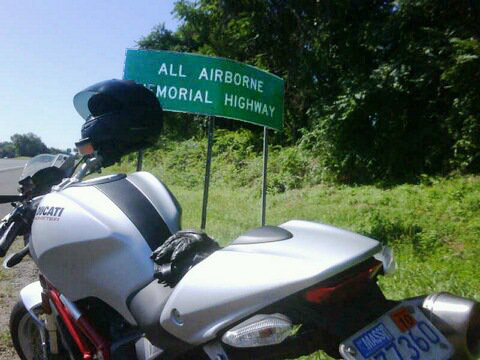
Even with my newfound freedom I felt myself being dragged into the depths of depression due to the constant threat of layoffs. It was time to take this working from home to the next level. That being the “what if I don’t have a home” plan. It wasn’t much of a plan, but more of an execution of an idea born over a few beers in a dark Boston bar two years earlier.
Want more content? Please keep us going by clicking on the popup ads!
As with everything in life the first step is the scariest, but also the most critical to set the wheels in motion. After thinking this over for a bit the most effective way to ensure I followed through with my plan of setting myself free geographically was to rent out my Boston condo. This was easier than I expected, and had it rented through a management company in under two weeks. June 1st my new tenant would move in. This was it. I was going to not have a home for at least a year. A timeline was now drawn for me to sell everything I owned and find out where my new “home” would be.
Somehow, I knew that returning to Boston wasn’t going to be in the cards. Having a massive fire sale seemed the best way to clear my life of material possessions that were now just clutter, and there was a lot of clutter to be cleared. With time being short it was an emotionless task to sell, donate, and give away almost everything. Paying for a storage unit for an unknown amount of time seemed pointless.
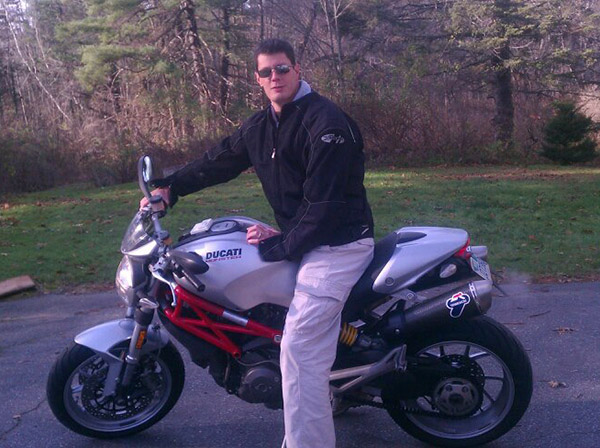
Once everything I owned was condensed into a small box of keepsakes and my travel backpack it was time to decide where to go. As I looked around the condo (which echoed because it was empty), I was left with the question that I probably should have started with before taking all these drastic actions. Where the Hell am I going to go? This is one of those “I may have screwed up” moments.
Originally the semi sorta kinda plan was to just drive around the United States and spend a month or so in each state and see what became of it. As I was looking at a map figuring out a few first stops on my new journey my phone rang. It was a 617 Boston number and instantly thought it was a spam call. Well, this is one call I am glad I didn’t push to voicemail. It was one of my relatives whom I had gifted a Magic Jack plug a year or so ago. He was calling to catch up and let me know he was had just moved to a house in the jungles of Nicaragua and had internet service that was just as fast as in the USA. My jaw dropped and I threw the map of the United States into the trash can that was already overflowing with trinkets and other items that I felt would never be needed again.
Feeling so lost in the United States (on many levels), a new environment would not only be healthy mentally for me but might propel my work motivation (which was currently nonexistent). Right about this time most of my friends and family were sure I had lost my mind. Going to Nicaragua on a one-way flight for an undetermined amount of time seemed reckless and a sure way to lose my job (some even felt my life would be in jeopardy).
Having previously traveled much of Central America, I knew most of these concerns were unfounded or pulled from a news article where one person had a bad experience. The news never really covers the thousands who traveled to this part of the world and had nothing but wonderful things to say about the people, the culture, and the sights that many will never know. Having grown up in Maine (where for many fear to even venture to Boston) it was incomprehensible for them that I would move to Nicaragua.
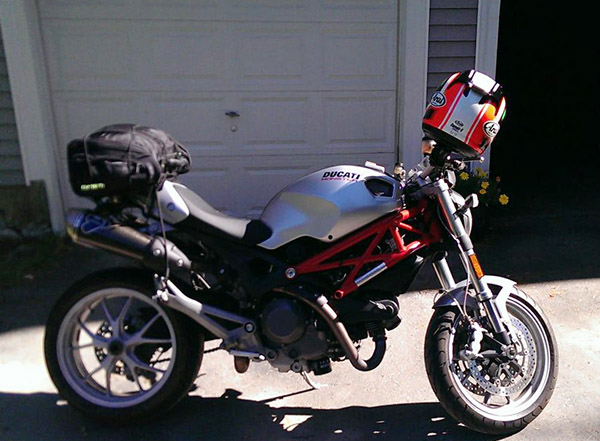
As I arrived in Maine, I parked the Ducati in the garage, closed the door, and wondered when I would next see that beautiful machine. Little did I know that it would be a year and a half before I would hear the magical dry clutch clacking again. Later that day I boarded a flight out of Logan Airport. With reality setting in I stared out the window. I was really doing this. Nicaragua was going to be my new home.

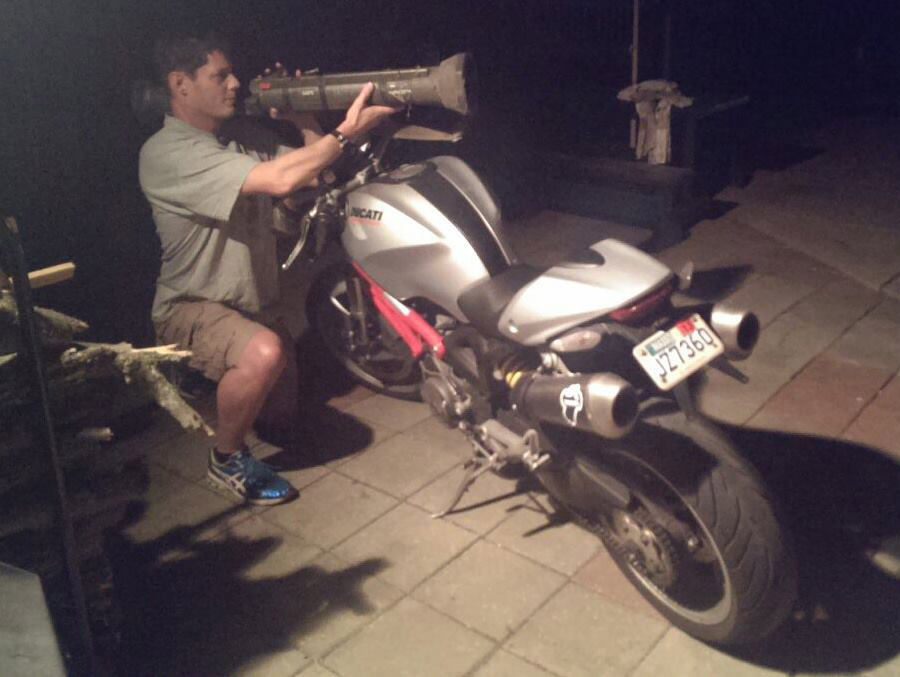
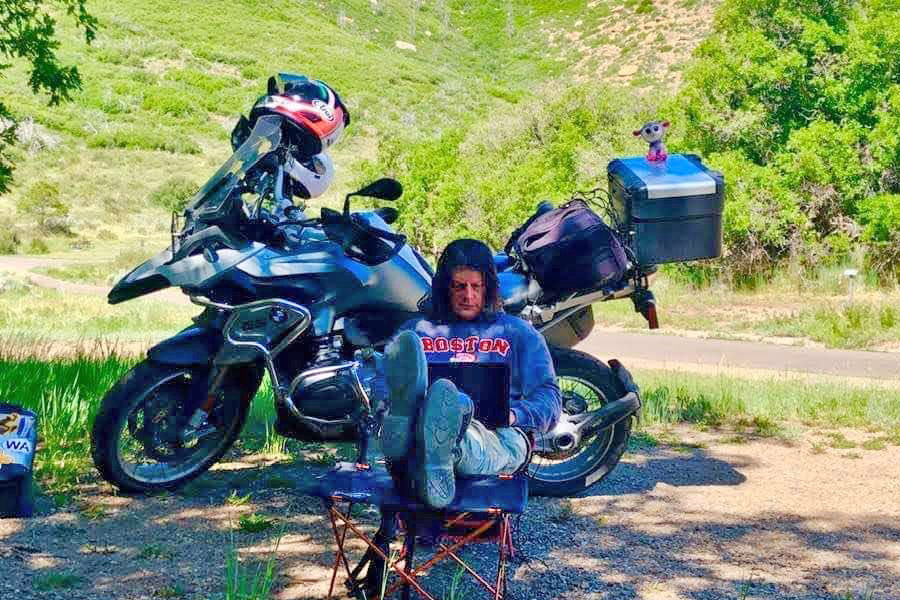
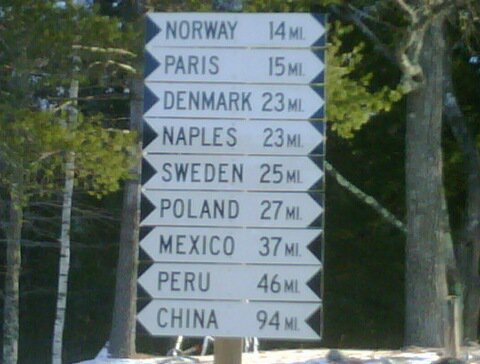 The first two years were mostly spent learning to excel in my new position as a project manager along with clumsily discovering how to adjust my work/life balance in creative ways. This involved motorcycling throughout New England in between work responsibilities.
The first two years were mostly spent learning to excel in my new position as a project manager along with clumsily discovering how to adjust my work/life balance in creative ways. This involved motorcycling throughout New England in between work responsibilities.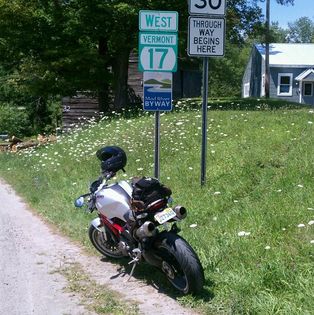
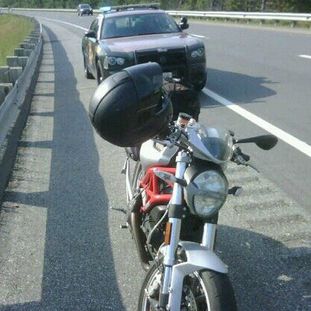
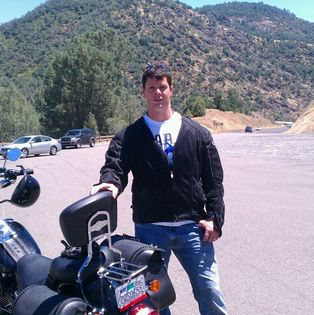

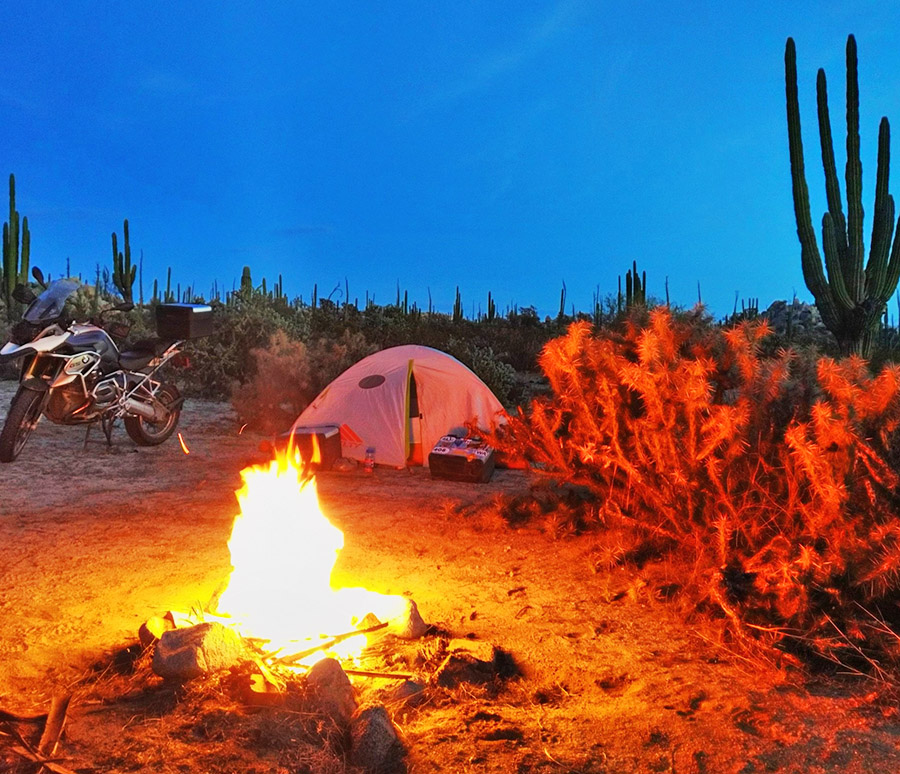
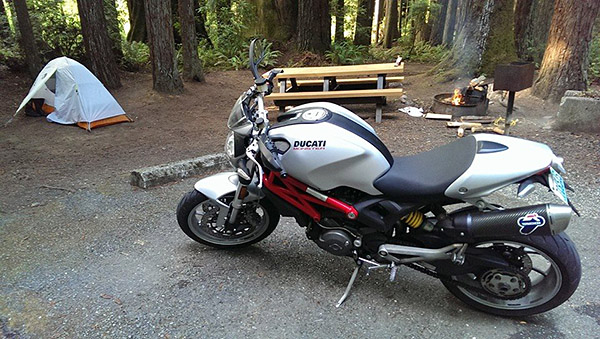
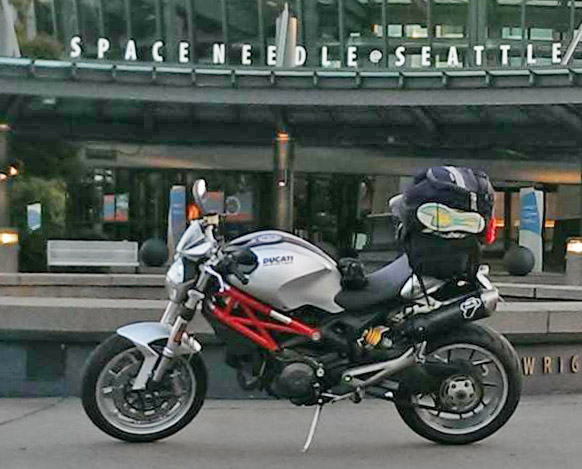
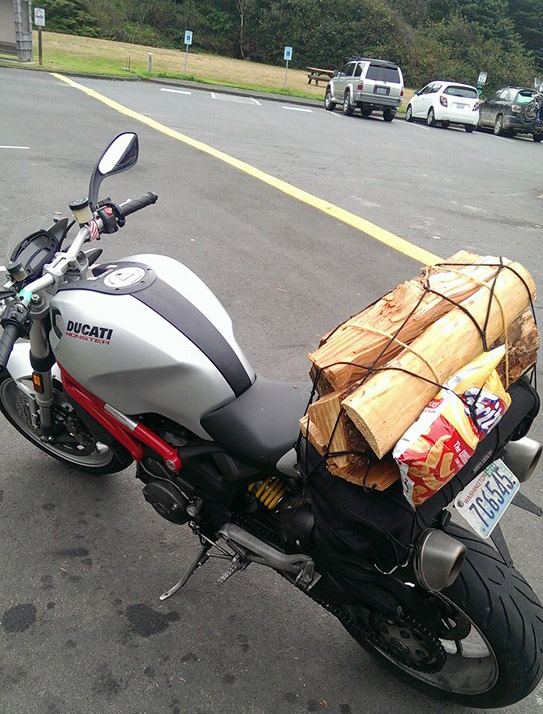
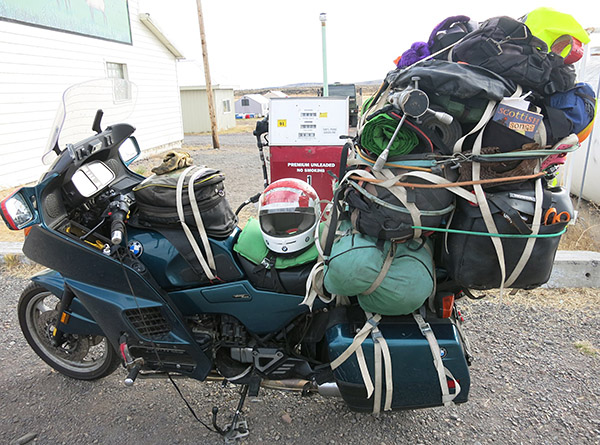
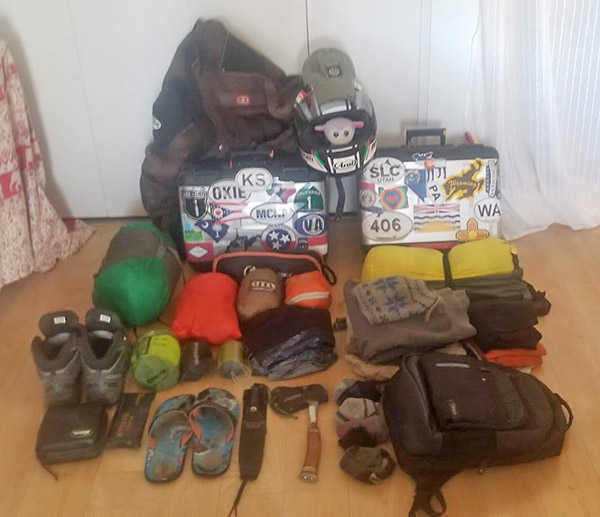

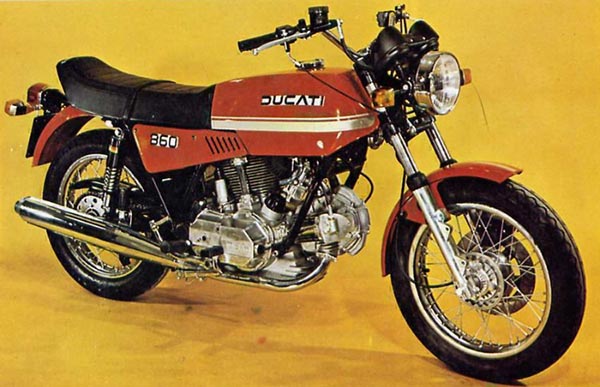 There are only a couple Ducatis that make my Dream Bike fantasy garage and the numero uno, top dog, ultimate Ducati is the springer 860. Unlike most Ducatis, this square-case, 90-degree, V-twin motorcycle eliminates the positive-closing desmodromic valve actuation system and in its place uses a conventional spring-return valve train. To some posers this change negates the whole reason for owning a Ducati. Not in my view: The ability to set valve lash with only a potato peeler on a motorcycle axle deep in cow manure plus the fact that I rarely run any motorcycle at valve floating RPMs means Desmo Ducks hold no advantage for me.
There are only a couple Ducatis that make my Dream Bike fantasy garage and the numero uno, top dog, ultimate Ducati is the springer 860. Unlike most Ducatis, this square-case, 90-degree, V-twin motorcycle eliminates the positive-closing desmodromic valve actuation system and in its place uses a conventional spring-return valve train. To some posers this change negates the whole reason for owning a Ducati. Not in my view: The ability to set valve lash with only a potato peeler on a motorcycle axle deep in cow manure plus the fact that I rarely run any motorcycle at valve floating RPMs means Desmo Ducks hold no advantage for me. Is it wrong to love a motorcycle solely for its looks? Giorgetto Giugiaro’s Jetson-cartoon styling speaks of optimism and a bold stepping-forth into the future. It looks fabulous and slabby and never ages in my eyes. This is one of those motorcycles you can stare at for hours. Why stop there? I’ve never ridden an 860GT so I’m just extrapolating from Ducati’s past performance but I’m sure the thing will handle street riding without issue.
Is it wrong to love a motorcycle solely for its looks? Giorgetto Giugiaro’s Jetson-cartoon styling speaks of optimism and a bold stepping-forth into the future. It looks fabulous and slabby and never ages in my eyes. This is one of those motorcycles you can stare at for hours. Why stop there? I’ve never ridden an 860GT so I’m just extrapolating from Ducati’s past performance but I’m sure the thing will handle street riding without issue. The bikes were available with electric start for the kicking-impaired and after 1975 Ducati exchanged the perfect angular styling for the more traditional, rounded Desmo GT look. It was an error that I may never forgive them for. The springer 860 stayed in production a few more years but Ducati decided to go all in with desmodromic to give their advertising department some thing to boast about.
The bikes were available with electric start for the kicking-impaired and after 1975 Ducati exchanged the perfect angular styling for the more traditional, rounded Desmo GT look. It was an error that I may never forgive them for. The springer 860 stayed in production a few more years but Ducati decided to go all in with desmodromic to give their advertising department some thing to boast about.
